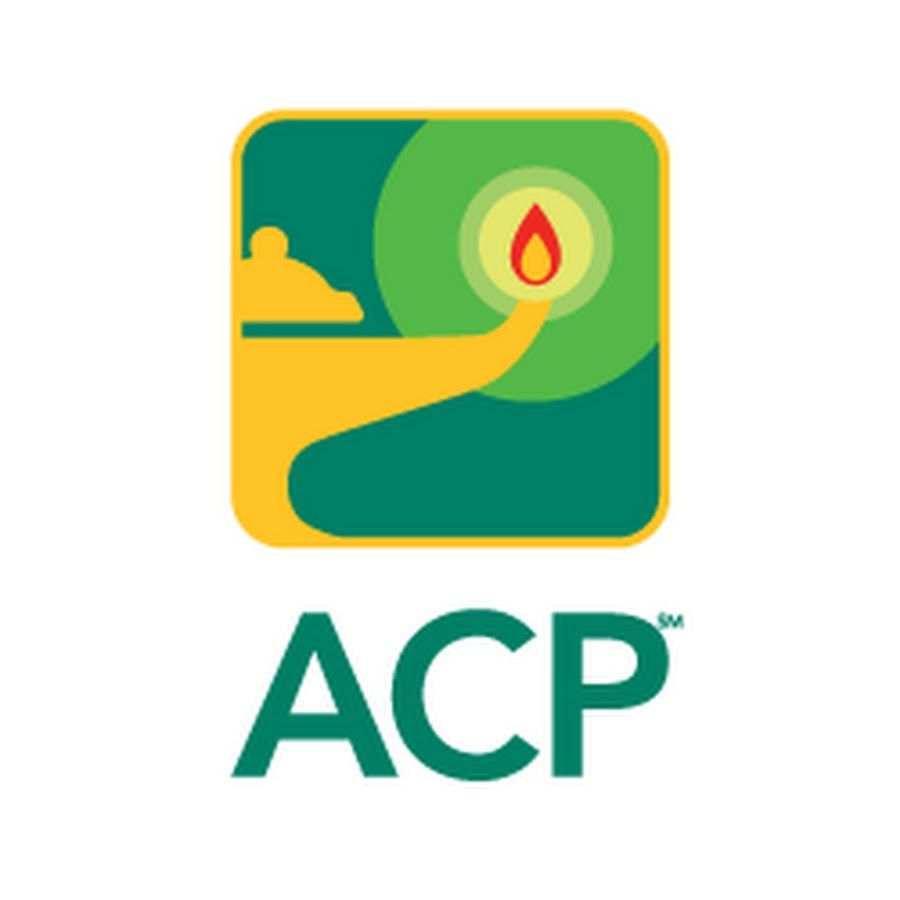Article
ACP Publishes New Guidelines for Diverticulitis Screening, Management, Treatment
Author(s):
The 6 recommendations across 2 expert-led guidelines address the role of colonoscopy, CT scans and elective surgery, among other subjects of care.

The American College of Physicians (ACP) has released 2 new clinical guidelines on diagnosing and managing diverticulitis.
The guidelines—which were based on what the organization defined as the best available evidence on clinical benefits and safety, testing accuracy, patient prioritizations and considerations of care costs—addresses the increasingly common digestive tract condition. Recommendations were informed by 2 ACP Clinical Guidelines Committee (CGC) public members and a 7-member CGC Public Panel tasked with providing layperson input.
Diagnosis and Management
The guideline committee, led by Amir Qaseem, MD, PhD, MHA, provided clinical recommendations on the diagnosis and management of acute left-sided colonic diverticulitis in adult patients. It was based on data from a systematic review of the use of computed tomography (CT) for diagnosis diverticulitis. Management recommendations were interpreted via hospitalization, antibiotic use, and interventional percutaneous abscess drainage practices.
The ACP made the following 3 recommendations, each conditional and with low-certainty evidence:
- Clinicians use abdominal CT imaging when there is diagnostic uncertainty in a patient with suspected acute left-sided colonic diverticulitis
- Clinicians manage most patients with acute uncomplication left-sided colonic diverticulitis in an outpatient setting
- Clinicians initially manage select patients with acute uncomplicated diverticulitis without antibiotics
“A detailed history, physical examination, and laboratory findings are the first steps in diagnosing acute colonic diverticulitis in most patients with abdominal pain or tenderness primarily in the left lower quadrant,” investigators wrote. “In patients for whom diagnostic uncertainty remains, abdominal CT imaging can be used to complement the history, examination, and laboratory findings to establish the diagnosis of diverticulitis.”
Qaseem and colleagues added that, though patients with uncomplicated diverticulitis are “traditionally” managed with antibiotics, emerging concepts in pathogenesis of the disease suggest an inflammatory versus infectious cause, challenging the approach.
“For select patients with acute uncomplicated left-sided colonic diverticulitis presenting with abdominal tenderness, it is reasonable to initially manage them by observation with supportive care (for example, bowel rest and hydration) and without the use of antibiotics,” they wrote.
Diagnostic Colonoscopy and Recurrence Prevention
Qaseem and colleagues again based recommendations for adults with acute left-sided colonic diverticulitis on findings from a systematic review—this time for the role of colonoscopies for diagnosis of disease and pharmacologic, non-pharmacologic, and elective surgical intervention after initial treatment.
They again made 3 key recommendations for clinicians:
- Clinicians refer patients for a colonoscopy after an initial episode of complicated left-sided colonic diverticulitis in patients who have not had a recent colonoscopy (conditional recommendation; low-certainty evidence)
- Clinicians do not use mesalamine to prevent recurrent diverticulitis (strong recommendation; high-certainty evidence)
- Clinicians discuss elective surgery to prevent recurrent diverticulitis after initial treatment in patients who have either uncomplicated diverticulitis that is persistent or recurs frequently or complicated diverticulitis (conditional recommendation, low-certainty evidence)
Regarding the third recommendation, the committee added that the decision of whether or not to undergo surgery “should be personalized based on a discussion of potential benefits, harms, costs, and patient’s preferences.”
They additionally stressed the importance of preventing recurrence, which occurs in 8% to 36% of patients between 1 and 10 years after initial diverticulitis.
“In addition, patients with complicated diverticulitis may have a higher prevalence of colorectal cancer that presents as acute diverticulitis and is misdiagnosed on clinical examination and/or imaging studies,” they wrote. “The evidence for use of various pharmacologic, nonpharmacologic, and surgical interventions to prevent the recurrence of diverticulitis has evolved over time.”
Perspective
In a statement accompanying the new guidelines, ACP President George M. Abraham, MD, MPH, stressed the increasing prevalence of diverticulitis and its risk of multifactorial, long-term impact on patients.
“These clinical guidelines are important topics to better understand how best to address the best course of treatment for patients, focused on management in an outpatient setting, with fewer drugs, to help improve a condition that can often result in quality-of-life issues and can lead to more series conditions if not treated appropriately,” Abraham said. “As always, it’s critical to understand the benefits, potential harms and best use in counseling patients on treatment options.”
The guidelines were published online in the Annals of Internal Medicine.





